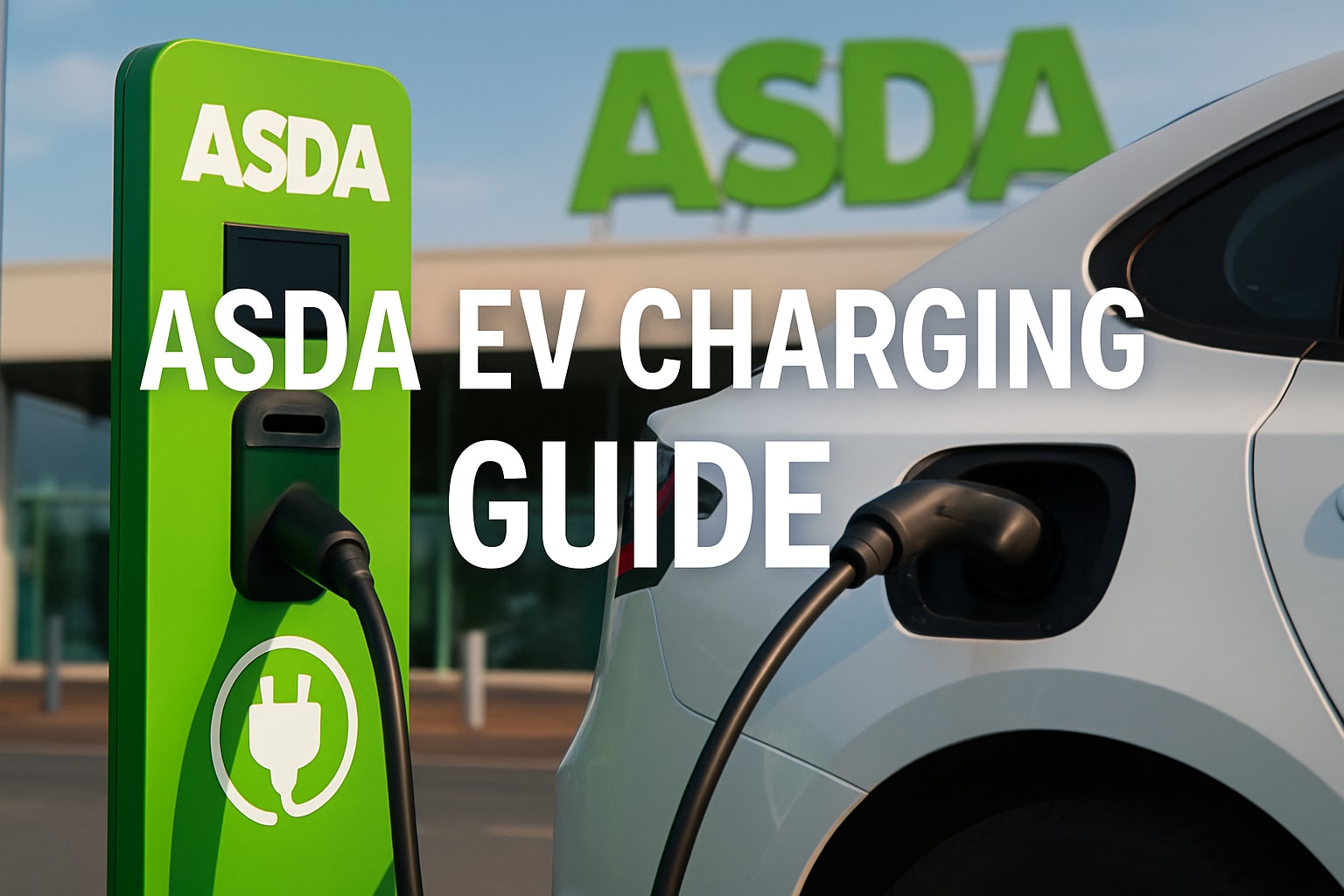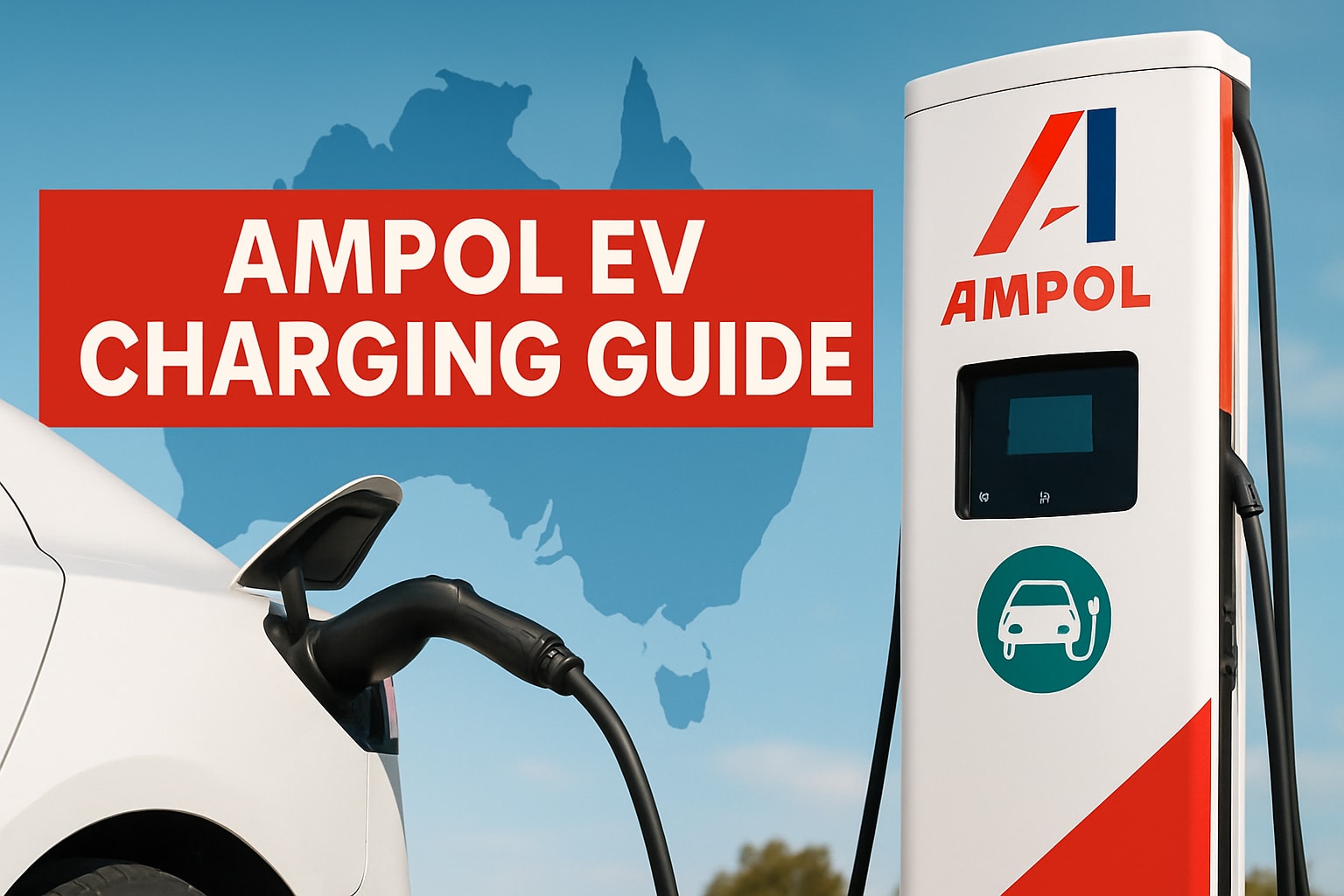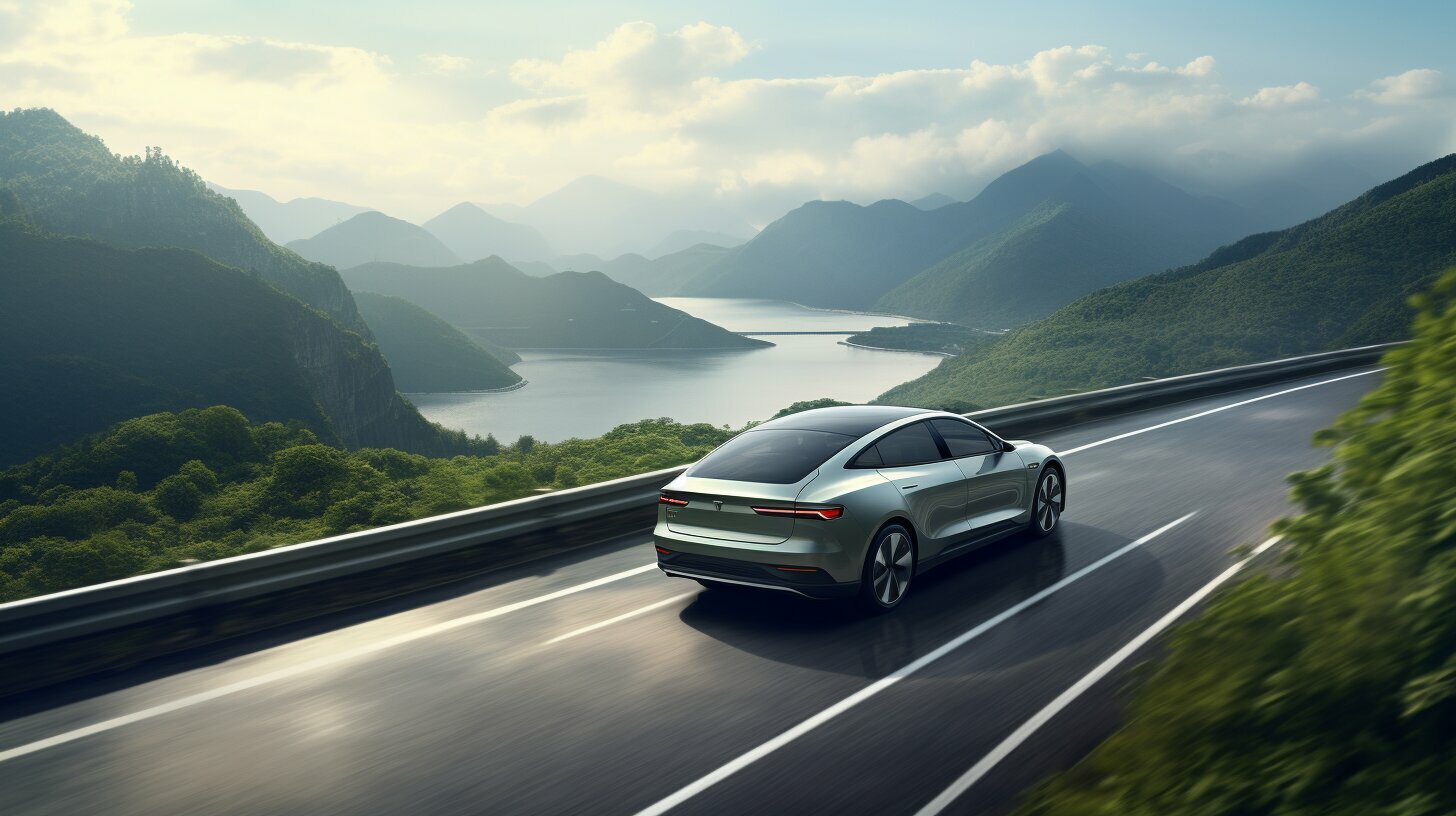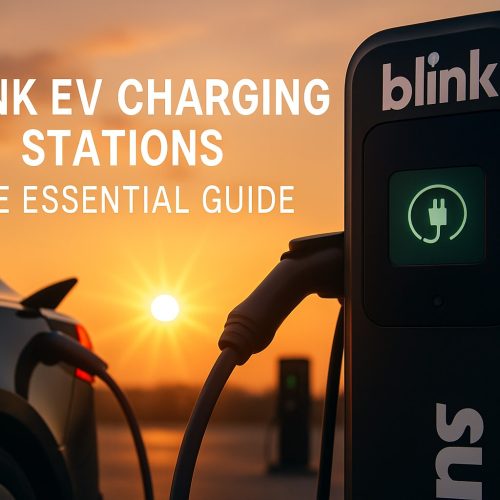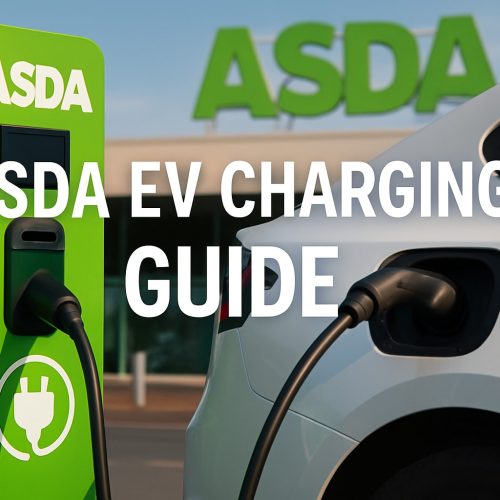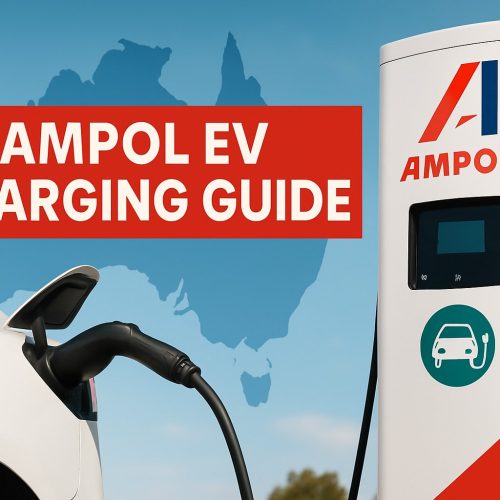Plug-in Hybrid Electric Vehicle (PHEV) technology is revolutionizing the way we think about greener transportation. With the aim of electrifying passenger transportation, PHEVs offer a flexible and efficient solution that combines the benefits of electric and gasoline power.
Key Takeaways:
- PHEVs have the potential to electrify as many miles as short-range Battery Electric Vehicles (BEVs).
- Mainstream consumers are often more attracted to PHEVs than BEVs.
- Factors such as battery capacity, cost, and charging infrastructures influence the adoption of PHEVs.
- Technological innovations in battery capacity, battery cost, and charging infrastructures have the potential to drive the adoption and diffusion of PHEVs.
Understanding PHEV Technology Advantages
Plug-in Hybrid Electric Vehicle (PHEV) technology brings numerous advantages and benefits that make it an attractive choice for eco-conscious drivers. PHEVs offer a flexible and efficient solution by combining the benefits of electric and gasoline power, resulting in reduced emissions, increased fuel efficiency, and longer overall driving range.
One of the key advantages of PHEV technology is its ability to reduce emissions. By leveraging electricity as a primary power source, PHEVs emit significantly fewer greenhouse gases compared to traditional gasoline-powered vehicles. This not only helps to improve air quality, but also contributes to the global efforts in combating climate change.
PHEVs also offer increased fuel efficiency, allowing drivers to save on their fuel costs. The ability to switch between electric and gasoline power means that PHEVs can optimize their energy usage, resulting in improved miles per gallon and reduced dependence on fossil fuels. Additionally, regenerative braking technology enables PHEVs to capture and store energy that would otherwise be lost during braking, further enhancing their efficiency.
Furthermore, PHEVs provide a longer overall driving range compared to Battery Electric Vehicles (BEVs). While BEVs typically have a limited electric driving range, PHEVs can travel longer distances by utilizing both electric and gasoline power. This eliminates the range anxiety often associated with BEVs, making PHEVs a more practical choice for drivers who require longer trips or lack access to charging infrastructure.
| Advantages of PHEV Technology |
|---|
| Reduced emissions and improved air quality |
| Increased fuel efficiency and savings on fuel costs |
| Longer overall driving range compared to BEVs |
| Flexibility in utilizing electric and gasoline power |
In summary, PHEV technology offers a range of advantages and benefits, including reduced emissions, increased fuel efficiency, longer driving range, and flexibility in power usage. These advantages make PHEVs an attractive choice for eco-conscious drivers who seek greener travel options without compromising on convenience and practicality.
Exploring PHEV Technology Features
Plug-in Hybrid Electric Vehicles (PHEVs) are equipped with innovative features that optimize their performance and efficiency. These features allow PHEVs to harness the benefits of both electric and gasoline power sources, offering a flexible and sustainable solution for greener travel.
One key feature of PHEV technology is regenerative braking. This system converts the kinetic energy generated during braking into electricity, which is then stored in the vehicle’s battery. By capturing and reusing this energy, PHEVs enhance their overall efficiency and reduce reliance on external charging.
Another important component of PHEV technology is the dual power source, consisting of an electric motor and an internal combustion engine. This combination allows PHEVs to operate in different driving modes, such as electric-only mode, hybrid mode, or gasoline-only mode, depending on the driving conditions. The ability to switch between power sources provides PHEVs with flexibility and ensures optimal performance.
PHEVs also offer hybrid drive modes, such as series and parallel modes, which further enhance their efficiency. In series mode, the electric motor drives the vehicle while the internal combustion engine generates electricity to recharge the battery. In parallel mode, both the electric motor and the internal combustion engine work together to propel the vehicle. These drive modes enable PHEVs to maximize their electric range and minimize fuel consumption.
| Key Features of PHEV Technology |
|---|
| Regenerative braking |
| Dual power source (electric motor and internal combustion engine) |
| Hybrid drive modes (series and parallel) |
The combination of these features contributes to the overall efficiency and performance of PHEVs. By utilizing regenerative braking, dual power sources, and hybrid drive modes, PHEVs are able to reduce emissions, increase fuel efficiency, and extend their overall driving range. These advancements in PHEV technology are paving the way for a greener and more sustainable future of transportation.
Advancements in PHEV Technology
Continuous advancements in Plug-in Hybrid Electric Vehicle (PHEV) technology are propelling the evolution of greener transportation. PHEVs offer a flexible and efficient solution, combining the benefits of electric and gasoline power to reduce emissions, increase fuel efficiency, and extend the overall driving range.
One of the key advancements in PHEV technology is the improvement in battery capacity. With larger and more powerful batteries, PHEVs can travel longer distances on electric power alone, reducing the need for gasoline. Additionally, advancements in charging efficiency have made it easier and faster to recharge PHEV batteries, providing greater convenience for drivers.
PHEVs also benefit from the expansion of charging infrastructure. The availability of fast charging stations and battery swap stations has significantly reduced charging times, making it more convenient for drivers to recharge their PHEVs on the go. This infrastructure expansion is crucial for driving the widespread adoption of PHEV technology.
Table: Advancements in PHEV Technology
| Advancement | Description |
|---|---|
| Battery Capacity | Larger and more powerful batteries enable longer electric driving range. |
| Charging Efficiency | Advancements in charging technology reduce charging times and increase convenience. |
| Charging Infrastructure | Expansion of fast charging stations and battery swap stations improves accessibility and convenience for PHEV owners. |
With ongoing research and development, PHEV technology continues to evolve and improve. The advancements in battery capacity, charging efficiency, and charging infrastructure are driving the growth and adoption of PHEVs, making them an attractive option for eco-conscious consumers. As PHEV technology continues to advance, it holds the potential to transform the future of transportation, offering a greener and more sustainable alternative to traditional gasoline-powered vehicles.
PHEV Technology’s Contribution to Eco-Friendly Travel
Plug-in Hybrid Electric Vehicle (PHEV) technology plays a crucial role in promoting eco-friendly travel by reducing carbon emissions and improving air quality. PHEVs leverage the use of electricity as a primary power source, resulting in lower emissions compared to traditional gasoline-powered vehicles. By combining the benefits of electric and gasoline power, PHEVs offer increased fuel efficiency and reduced dependence on fossil fuels, making them an attractive option for environmentally-conscious consumers.
PHEVs contribute to cleaner air and reduced pollution by emitting fewer greenhouse gases during operation. These vehicles can operate solely on electric power for shorter trips, reducing local air pollution in urban areas. With the ability to switch to gasoline power for longer journeys, PHEVs provide a practical solution without compromising on convenience or range.
In addition to their environmental benefits, PHEVs offer other advantages such as regenerative braking, which converts kinetic energy into electricity, further enhancing their efficiency. This technology allows PHEVs to recharge their batteries while driving, extending their electric driving range. PHEVs also enable drivers to tap into the existing network of gasoline stations, eliminating concerns about range anxiety or the availability of charging infrastructure.
PHEV Technology’s Contribution to Eco-Friendly Travel
PHEVs not only reduce carbon emissions but also contribute to sustainable travel by promoting energy diversification. By utilizing both electricity and gasoline, PHEVs provide a bridge between traditional fossil fuel-powered vehicles and fully electric vehicles. This intermediate solution allows consumers to adopt greener transportation practices while still enjoying the convenience and reliability associated with gasoline-powered vehicles.
The future prospects of PHEV technology look promising as advancements in battery capacity, charging infrastructure, and overall performance continue to evolve. These innovations will further enhance the efficiency and range of PHEVs, making them an even more viable choice for eco-friendly travel. As policy support aligns with the electric driving range of both PHEVs and BEVs, the adoption of PHEVs is expected to grow, paving the way for a greener and more sustainable future of transportation.
PHEVs vs. BEVs: Understanding the Consumer Perspective
Understanding the consumer perspective is essential for comprehending the appeal of Plug-in Hybrid Electric Vehicles (PHEVs) in comparison to Battery Electric Vehicles (BEVs). While both PHEVs and BEVs contribute to the electrification of transportation, mainstream consumers often show a greater interest in PHEVs.
One of the reasons for this preference is the flexibility that PHEVs offer. Unlike BEVs, PHEVs combine the benefits of electric and gasoline power, providing a longer overall driving range. Consumers appreciate the peace of mind that comes with knowing they can rely on the gasoline engine when needed, without worrying about running out of electric charge.
Moreover, PHEVs address the issue of limited charging infrastructure. With a PHEV, consumers have the freedom to refuel at any gasoline station, eliminating the need to rely solely on charging stations. This convenience makes PHEVs a more practical option for those who have concerns about the availability and accessibility of charging infrastructure.
Table: A Comparison of PHEVs and BEVs
| Category | PHEVs | BEVs |
|---|---|---|
| Driving Range | Longer overall range due to dual power sources | Shorter range, limited by battery capacity |
| Charging Infrastructure | Reliance on both charging stations and gasoline stations | Dependence on charging stations for recharging |
| Consumer Flexibility | Ability to switch seamlessly between electric and gasoline power | Dedicated electric power source, no backup gasoline engine |
By understanding the consumer perspective and the advantages that PHEVs offer, we can better appreciate why they are an appealing choice in the market. PHEVs provide a balance between electric and gasoline power, offering greater driving range, flexibility, and convenience. As the infrastructure for charging stations continues to evolve, PHEVs are likely to play a significant role in the transition to a greener future of transportation.
The Role of Battery Capacity and Charging Infrastructure
Battery capacity, charging infrastructure, and associated costs are crucial considerations for the adoption of Plug-in Hybrid Electric Vehicles (PHEVs). As battery technology continues to improve, increasing the range and efficiency of PHEVs, consumers are increasingly drawn to these vehicles as a greener and more sustainable transportation option.
One of the primary concerns for consumers considering PHEVs is battery capacity. The ability to travel longer distances solely on electric power is a significant factor in the decision-making process. PHEVs with larger battery capacities have a greater electric driving range, reducing the reliance on gasoline and offering a more efficient and eco-friendly mode of transportation. This is particularly important when considering the potential of PHEVs to electrify as many miles as short-range Battery Electric Vehicles (BEVs).
In addition to battery capacity, charging infrastructure plays a vital role in the widespread adoption of PHEVs. Access to fast charging stations and battery swap stations is essential for PHEV owners, ensuring convenient and hassle-free recharging options. With an efficient and well-established charging infrastructure in place, PHEV owners can enjoy the benefits of electric driving without the worry of running out of power.
| Battery Capacity | Charging Infrastructure |
|---|---|
| High battery capacity results in a larger electric driving range. | Fast charging stations and battery swap stations provide convenient recharging options. |
| Greater battery capacity reduces reliance on gasoline and increases overall fuel efficiency. | Efficient and well-established charging infrastructure ensures hassle-free recharging experiences. |
| PHEVs with longer electric driving range have a similar ability to electrify travel as short-range BEVs. | Accessible charging infrastructure promotes the use of electric power, reducing carbon emissions. |
As advancements in battery technology and charging infrastructure continue to shape the future of PHEVs, it is important to recognize the potential impact of these innovations on the adoption and diffusion of this technology. By addressing the important considerations of battery capacity, charging infrastructure, and associated costs, policymakers and industry stakeholders can create an environment conducive to the widespread adoption of PHEVs, leading to a greener and more sustainable future of transportation.
Technological Innovations Shaping the Future of PHEVs
Technological innovations in battery cost, charging infrastructure, and related areas are paving the way for an exciting future for Plug-in Hybrid Electric Vehicles (PHEVs). These advancements are driving the growth and adoption of PHEVs, making them a viable and attractive option for mainstream consumers.
One of the key areas of focus for technological innovation is battery cost reduction. As battery technology continues to improve, the cost of producing batteries for PHEVs is expected to decrease. This reduction in battery cost will make PHEVs more affordable for consumers, further increasing their appeal and market penetration.
In addition to battery cost, the expansion of charging infrastructure is crucial for the widespread adoption of PHEVs. The availability of fast charging stations and battery swap stations plays a significant role in addressing range anxiety and providing convenience to PHEV owners. As charging infrastructure improves and becomes more accessible, it will encourage more consumers to consider PHEVs as a practical and reliable transportation option.
| Advancement | Impact |
|---|---|
| Battery capacity improvements | Extended electric driving range |
| Charging efficiency enhancements | Reduced charging time |
| Battery cost reduction | Lower overall vehicle cost |
These technological advancements in battery cost, charging infrastructure, and related areas are not only shaping the future of PHEVs but also influencing the broader landscape of sustainable transportation. With continuous innovation and support, PHEVs have the potential to play a significant role in reducing emissions, improving air quality, and achieving a greener and more sustainable future.
The Potential of Long-Range PHEVs
Long-range Plug-in Hybrid Electric Vehicles (PHEVs) offer a compelling proposition by providing an extended electric driving range comparable to Short-range Battery Electric Vehicles (BEVs). With a range of at least 60km, these PHEVs have the capability to electrify as many miles as their short-range BEV counterparts, reducing reliance on gasoline and promoting greener travel. The significant advantage of long-range PHEVs lies in their ability to strike a balance between electric and gasoline power, offering flexibility and convenience to consumers.
One of the main factors influencing the adoption of PHEVs is battery capacity. Long-range PHEVs boast larger battery packs, allowing for more electric driving and reducing the frequency of gasoline refueling. Additionally, advances in battery technology have led to improvements in energy density and overall performance, enabling PHEVs to offer a longer electric driving range without compromising on power or efficiency. These developments are driving the growth and acceptance of long-range PHEVs in the market.
Charging infrastructure is also a crucial factor to consider. The availability of fast charging stations and battery swap stations greatly enhances the usability and convenience of long-range PHEVs. It allows drivers to efficiently charge their vehicles and minimize downtime, making long-range PHEVs a viable option for everyday use. As charging infrastructure continues to expand, it further incentivizes the adoption of PHEVs by addressing concerns about range anxiety and charging availability.
Table 1: Comparison of Long-range PHEVs and Short-range BEVs
| Long-range PHEVs | Short-range BEVs | |
|---|---|---|
| Electric Driving Range | 60km or more | 60km or less |
| Overall Driving Range | Comparable to BEVs | Shorter than PHEVs |
| Charging Time | Similar to BEVs | Varies |
| Charging Availability | Compatible with fast charging stations and battery swap stations | Compatible with charging stations |
| Flexibility | Offers the choice of gasoline or electric power | Relies solely on electric power |
Long-range PHEVs present a versatile and eco-friendly option for consumers looking to embrace electric mobility without compromising on range or convenience. As battery technology continues to evolve and charging infrastructure expands, the future prospects of long-range PHEVs in the market are promising. By leveraging both electric and gasoline power, these vehicles play a significant role in the overall electrification of passenger transportation, contributing to a greener and more sustainable future.
The Future Prospects of PHEV Technology
The future of Plug-in Hybrid Electric Vehicle (PHEV) technology holds great promise for transforming the landscape of sustainable transportation. As the world increasingly focuses on reducing carbon emissions and transitioning to greener alternatives, PHEVs are emerging as a viable solution that combines the benefits of electric and gasoline power. With advancements in battery capacity, charging efficiency, and overall performance, PHEVs are set to play a significant role in the electrification of passenger transportation.
One of the key advantages of PHEVs is their ability to offer a flexible and efficient solution for eco-friendly travel. With an extended electric driving range of at least 60km, PHEVs have the capability to electrify travel similar to short-range Battery Electric Vehicles (BEVs). This makes them an appealing choice for mainstream consumers who may have concerns about range anxiety. However, there is a need for greater awareness and understanding about PHEVs among consumers and car dealerships, as this can influence adoption rates.
Factors such as battery capacity, cost, and charging infrastructure are essential in driving the widespread adoption of PHEV technology. The availability of fast charging stations and battery swap stations plays a crucial role in providing convenient and reliable charging options for PHEV owners. Technological innovations in battery capacity and cost reduction, as well as the expansion of charging infrastructures, are key areas of development that can further enhance the adoption and diffusion of PHEVs.
Long-range PHEVs, in particular, have the potential to offer an extended electric driving range comparable to short-range BEVs, while also generating fewer electric miles for short-range PHEVs. This versatility makes long-range PHEVs an attractive choice for consumers who desire both electric and gasoline power options. Moving forward, policy support should align with the electric driving range of both PHEVs and BEVs, encouraging the growth of PHEV technology as a sustainable transportation solution.
| Advantages of PHEV Technology | Factors Influencing Adoption of PHEVs |
|---|---|
| 1. Combines benefits of electric and gasoline power | 1. Battery capacity and cost |
| 2. Reduced emissions and increased fuel efficiency | 2. Charging infrastructures (fast charging, battery swap) |
| 3. Longer overall driving range |
Conclusion
In conclusion, Plug-in Hybrid Electric Vehicle (PHEV) technology is a game-changer in the realm of sustainable transportation, offering a versatile and efficient solution that holds immense potential for a greener future. PHEVs play a vital role in the electrification of passenger transportation, as they have the capability to electrify travel similar to short-range Battery Electric Vehicles (BEVs). Policy support should be tailored to the electric driving range of both PHEVs and BEVs, ensuring that the benefits of PHEVs are recognized and incentivized.
Mainstream consumers are often more attracted to PHEVs than BEVs due to their ability to combine electric and gasoline power, resulting in reduced emissions, increased fuel efficiency, and a longer overall driving range. However, there is a lack of understanding about PHEVs among consumers and car dealerships, highlighting the need for education and awareness campaigns to promote the benefits and features of PHEV technology.
Furthermore, the adoption of PHEVs is influenced by factors such as battery capacity and cost, as well as the availability of charging infrastructure. Fast charging stations and battery swap stations are essential components of an efficient and convenient charging network, enabling PHEV owners to recharge their vehicles quickly and easily. Technological innovations in battery capacity, battery cost, and charging infrastructure expansion have significant potential to further drive the adoption and diffusion of PHEV technology, making them more accessible and attractive to a wider range of consumers.
Overall, Plug-in Hybrid Electric Vehicle (PHEV) technology offers a sustainable and practical solution for greener travel. With continued advancements, policy support, and increased awareness, PHEVs have the potential to revolutionize the way we commute, reducing carbon emissions, improving air quality, and contributing to a more sustainable future.
FAQ
What is a Plug-in Hybrid Electric Vehicle (PHEV)?
A Plug-in Hybrid Electric Vehicle (PHEV) is a type of vehicle that combines a traditional internal combustion engine with an electric motor and a rechargeable battery. It can run on both gasoline and electricity, offering the flexibility of extended driving range and reduced emissions.
How does a PHEV differ from a Battery Electric Vehicle (BEV)?
While both PHEVs and BEVs are electric vehicles, the main difference lies in their power sources. PHEVs can rely on both gasoline and electricity, allowing for longer travel distances, while BEVs solely rely on electricity and have a more limited driving range.
What are the advantages of PHEV technology?
PHEV technology offers several advantages. It combines the benefits of electric and gasoline power, resulting in reduced emissions, increased fuel efficiency, and longer overall driving range. PHEVs provide a more flexible and efficient solution for mainstream consumers.
How do PHEVs contribute to eco-friendly travel?
PHEVs contribute to eco-friendly travel by reducing carbon emissions, improving air quality, and promoting sustainable transportation. By leveraging electricity as a primary power source, PHEVs help reduce our reliance on fossil fuels and mitigate the environmental impact of traditional vehicles.
What factors influence the adoption of PHEVs?
Several factors influence the adoption of PHEVs, including battery capacity and cost, as well as the availability of charging infrastructure such as fast charging stations and battery swap stations. These factors play a crucial role in addressing consumer concerns and promoting the widespread adoption of PHEV technology.
What technological innovations are shaping the future of PHEVs?
Technological innovations in battery capacity, battery cost reduction, and charging infrastructure expansion are shaping the future of PHEVs. Advances in these areas have the potential to enhance the performance, affordability, and convenience of PHEV technology, driving its adoption and diffusion.
Do PHEVs offer the same electrification capability as BEVs?
Yes, PHEVs with a long electric driving range can electrify as many miles as short-range BEVs. However, it’s important to note that short-range PHEVs generate fewer electric miles compared to BEVs, as they rely more on the internal combustion engine for longer trips.
Why are mainstream consumers more attracted to PHEVs than BEVs?
Mainstream consumers are often more attracted to PHEVs than BEVs due to their extended driving range and flexibility. PHEVs offer the convenience of both gasoline and electric power, alleviating concerns about range anxiety and providing a familiar driving experience.
What is the future outlook for PHEV technology?
The future outlook for PHEV technology is promising. With ongoing advancements in battery capacity, cost reduction, and charging infrastructure, PHEVs are expected to play a significant role in the electrification of passenger transportation, paving the way for a greener and sustainable future of travel.

